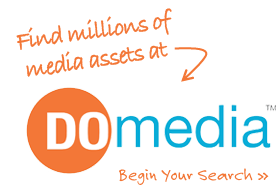In today’s advertising landscape, out-of-home (OOH) media is always evolving, but its effectiveness is always high and clear. Whether you’re promoting a completely new brand or business, boosting awareness, or launching an urgent campaign, OOH will always be the way to deliver real-world results.
With the rise of digital out-of-home (DOOH), marketers and advertisers often ask, “What is the difference between OOH and DOOH, and when should I use one instead of the other?”
While these formats share the same core principles, they offer distinct advantages depending on campaign objectives, timing, and budget. For brands and agencies, understanding the difference and how to leverage each is key to maximizing ROI and long-term success.
Difference Between OOH vs. DOOH
Traditional OOH (Out-of-Home)
OOH encompasses static media formats that offer uninterrupted 24/7 exposure in physical environments. These include:
- Billboards (highway, urban, roadside)
- Transit ad placements (bus shelters, taxi toppers, bus wraps)
- Airport and mall posters
- Experiential ads, murals, and large-format wallscapes
These placements operate particularly well on linear timelines and often with longer campaign durations.
Digital OOH (DOOH)
DOOH consists of OOH inventory that is digital screen-based. This format allows for the dynamic delivery of content that can shift, adapt, and change to a given time or event.
Common formats include:
- Digital billboards
- Interactive kiosks and urban panels
- Programmatically purchased digital networks
DOOH bridges the physical and digital worlds while offering precise targeting, skip-free advertising power, and extremely eye-catching visuals that can grab attention from miles away.
How to Combine Both for Effective Campaigns
Top-performing ads combine both OOH and DOOH formats and complementary tools in a larger media mix. OOH builds foundational awareness while DOOH adds precision and reaches consumers with researched behavior.
Together, they create a message that moves audiences from passive awareness to active engagement and conversions.
Leverage For Your Success
The distinction between OOH and DOOH isn’t just a technological nuance; it’s one that benefits certain messages better than others. The key is to align the capabilities of both formats. Whether you’re launching a national brand campaign or driving short-term conversions, OOH and DOOH can be tailored to work in harmony and are unforgettable.




